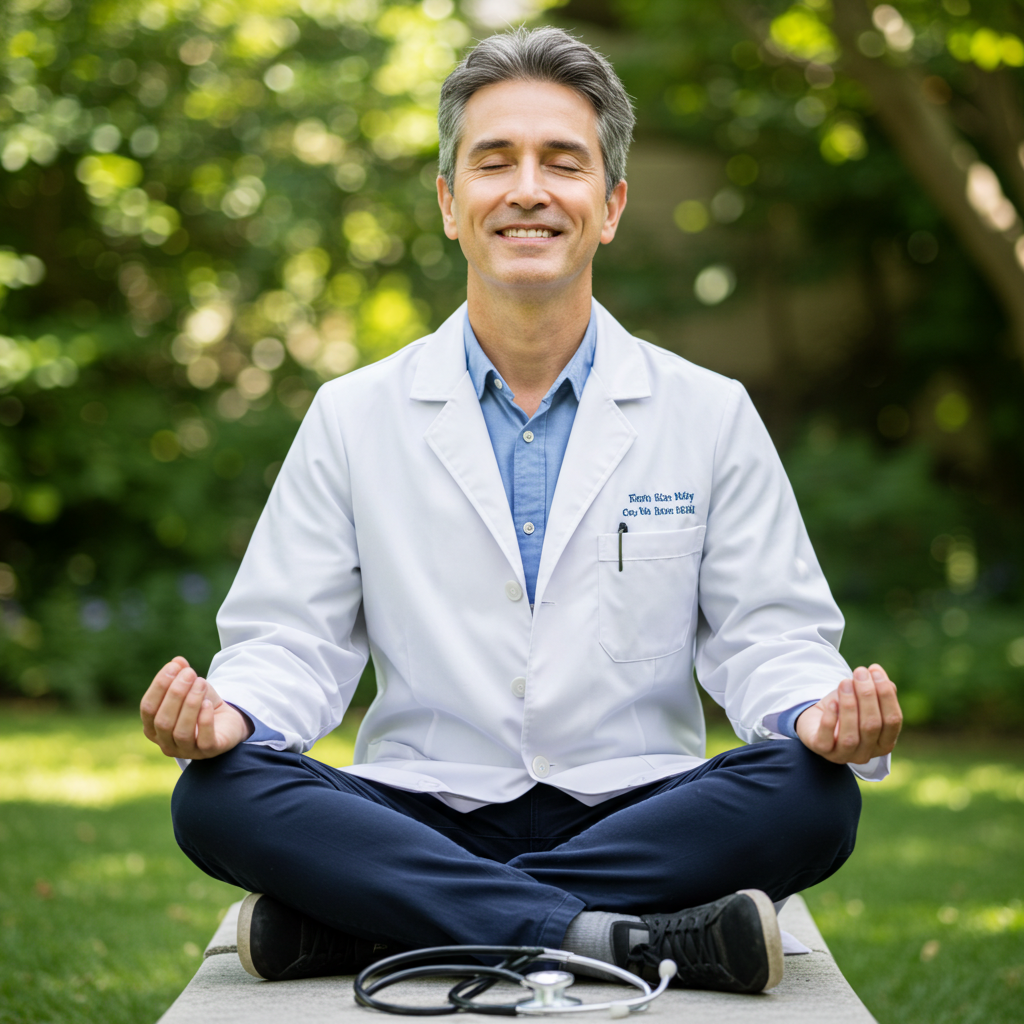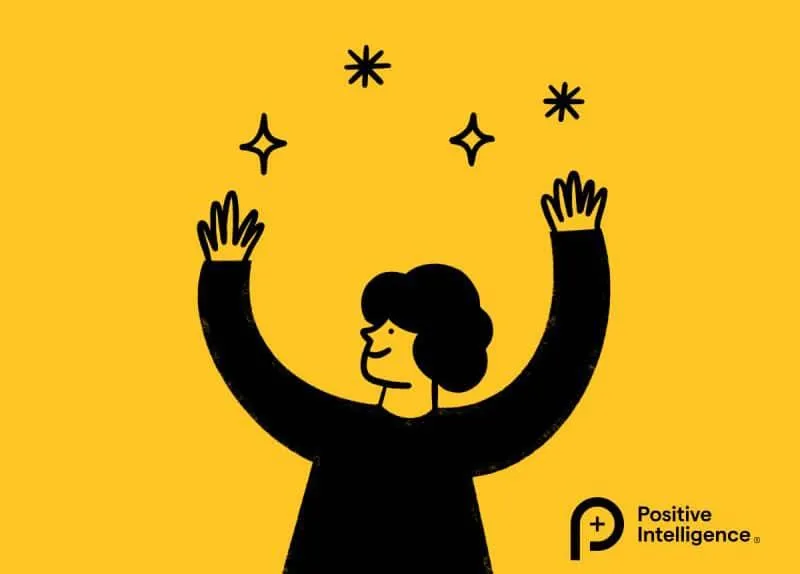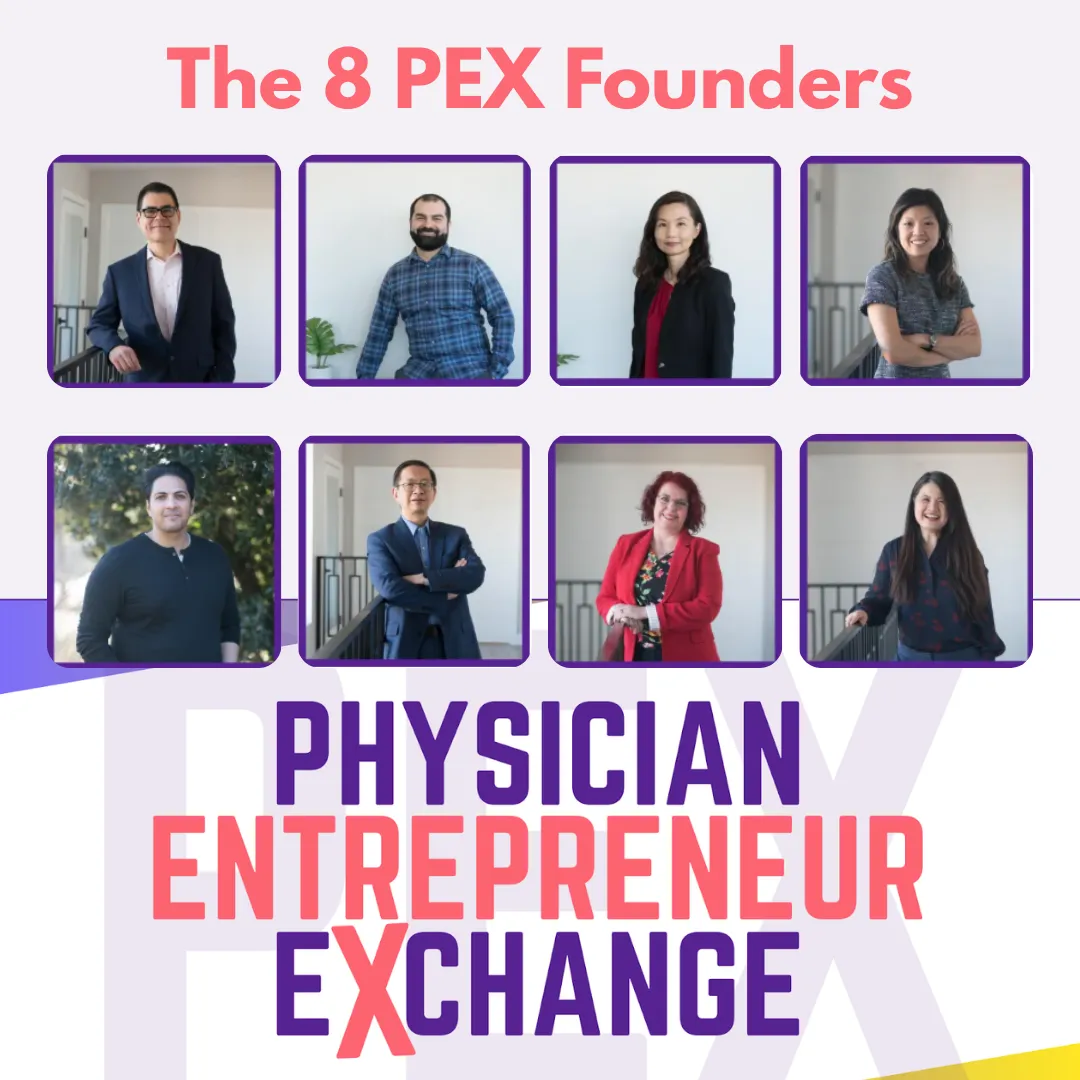BLOG POST
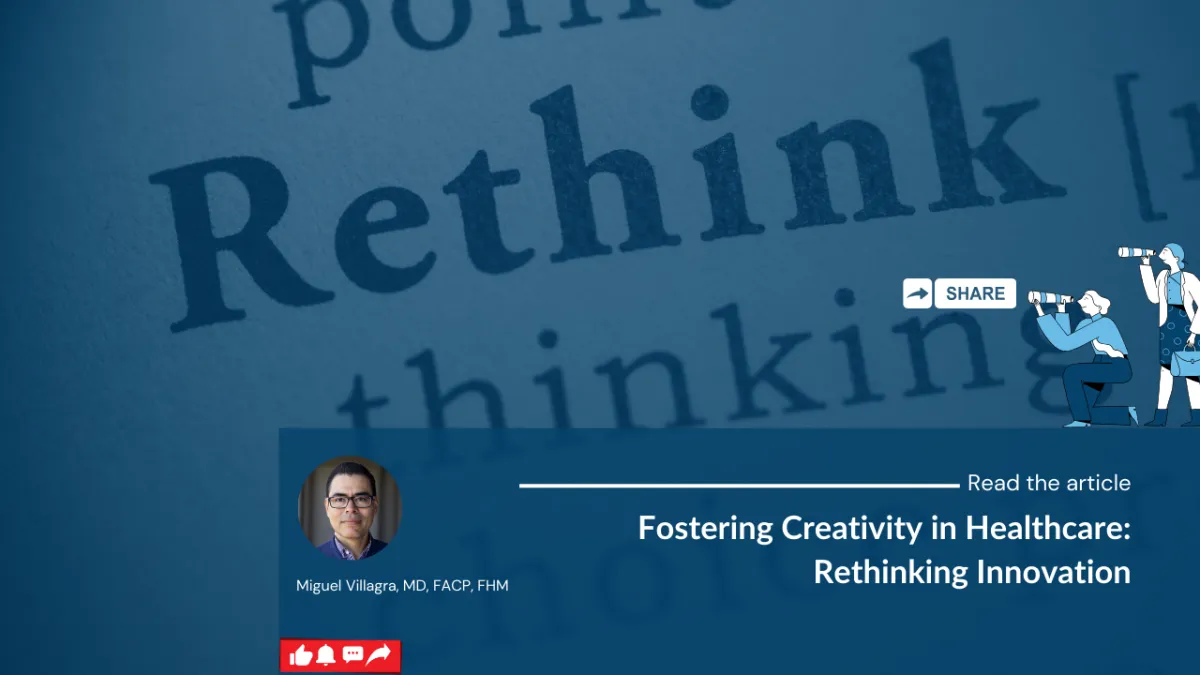
Fostering Creativity in Healthcare: Rethinking Innovation
Healthcare is often seen as a rigid field driven solely by protocols, data, and established best practices. However, real progress occurs when medical professionals embrace creative thinking to enhance patient outcomes, streamline workflows, and tackle complex challenges. Creativity in healthcare is not just about artistic expression—it’s about problem-solving, adaptability, and innovation. This post explores how healthcare professionals can break conventional molds and integrate fresh, inventive approaches into their work.

The Need for Creativity
Traditional healthcare systems are burdened with inefficiencies, outdated methodologies, and rising patient demands. Creative thinking is not just an asset but a necessity to bridge gaps in care delivery, enhance operational efficiency, and create groundbreaking medical solutions. History proves this point—many medical breakthroughs, from the discovery of penicillin to minimally invasive robotic surgeries, came from unconventional thinking. As Dr. Atul Gawande states, "Better is possible. It takes ingenuity, diligence, and above all, a willingness to try."
Practical Strategies to Foster Creativity

Redefining Brainstorming:
Move beyond standard brainstorming sessions and encourage diverse perspectives by including professionals from different disciplines.
Use "What if?" scenarios to challenge traditional methods and envision innovative solutions.
Introduce reverse brainstorming, where teams first list out how to worsen a problem, then flip those insights into actionable solutions.
Applying Design Thinking:
Design thinking fosters a human-centered approach to problem-solving, pushing teams to create solutions tailored to real patient needs.
Follow the five-step framework:
Empathize: Deeply understand patient challenges and healthcare inefficiencies.
Define: Pinpoint specific problems to solve.
Ideate: Generate a variety of creative solutions.
Prototype: Develop small-scale solutions to test ideas.
Test and Adapt: Gather feedback and refine innovations accordingly.
Embracing Cross-Disciplinary Collaboration:
Creativity thrives when healthcare professionals collaborate with engineers, software developers, and even artists to rethink patient care.
Examples include medical visualization tools created by graphic designers and AI-driven diagnostics developed alongside data scientists.
Leveraging Constraints as Catalysts for Innovation:
Limited budgets, staffing shortages, and regulatory barriers can actually inspire ingenuity.
Instead of seeing constraints as roadblocks, healthcare teams can use them as opportunities to develop cost-effective, scalable solutions.
Cultivating a Culture of Curiosity and Experimentation:
Encourage professionals to ask "Why do we do it this way?" and "Is there a better approach?"
Allow small pilot programs to test new ideas before full-scale implementation.
Promote a fail-fast mentality, where ideas are tested rapidly, mistakes are learned from, and solutions evolve quickly.
Conclusion
Fostering creativity in healthcare is not about reinventing the wheel—it’s about questioning assumptions, embracing collaboration, and pushing boundaries to create better patient experiences. By integrating design thinking, leveraging constraints, and fostering curiosity-driven exploration, healthcare professionals can drive meaningful and lasting innovation.

How do you incorporate creative thinking into your work? Share your insights and experiences below—we’d love to hear your unique approaches to innovation in healthcare!
SUBSCRIBE TO OUR NEWSLETTER 👇
TAKE PART IN OUR SURVEYS
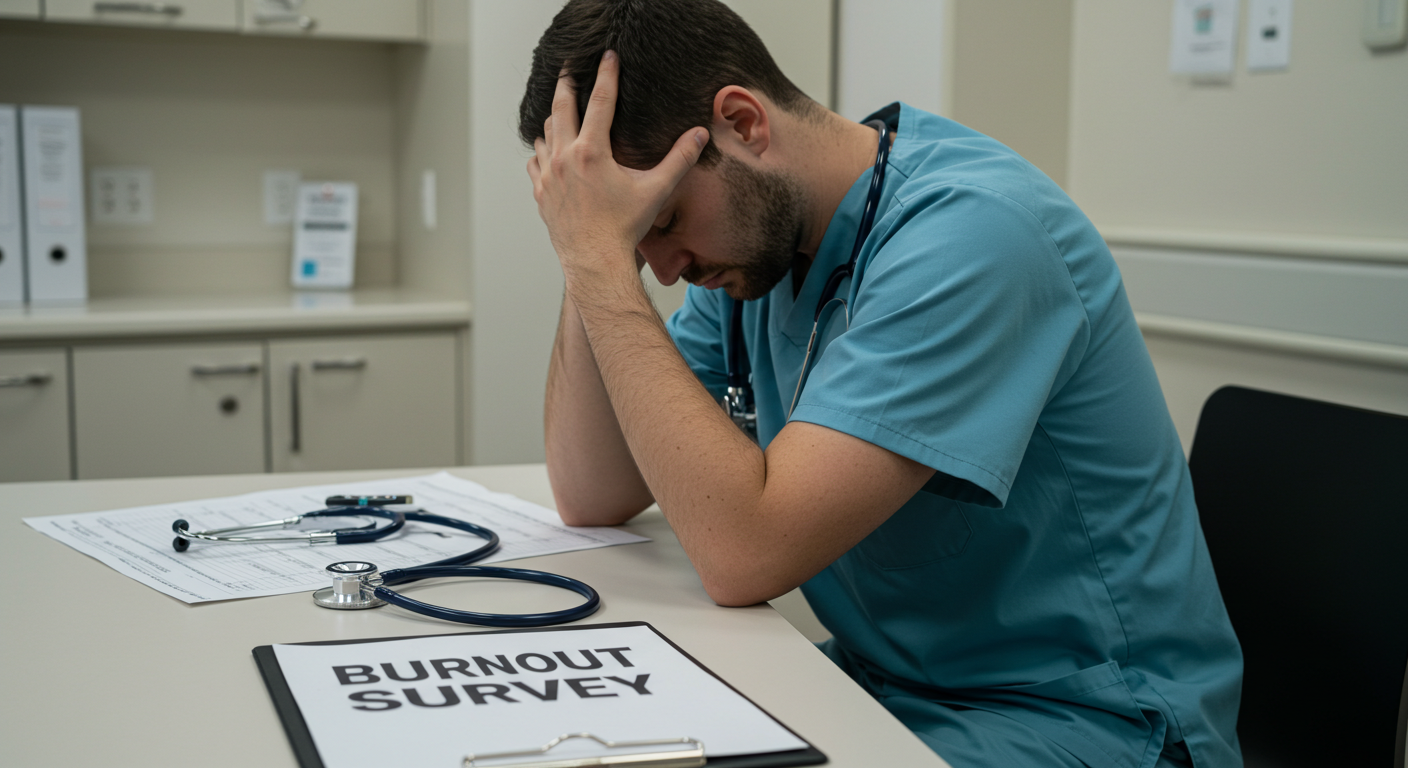
Gain insights into your current MENTAL and EMOTIONAL STATE.

This survey aims to understand the current state of HAPPINESS and WELL-BEING among physicians and to gather INSIGHTS on effective strategies for fostering JOY in the medical profession.
TAKE PART IN OUR SURVEYS

Gain insights into your current MENTAL and EMOTIONAL STATE.
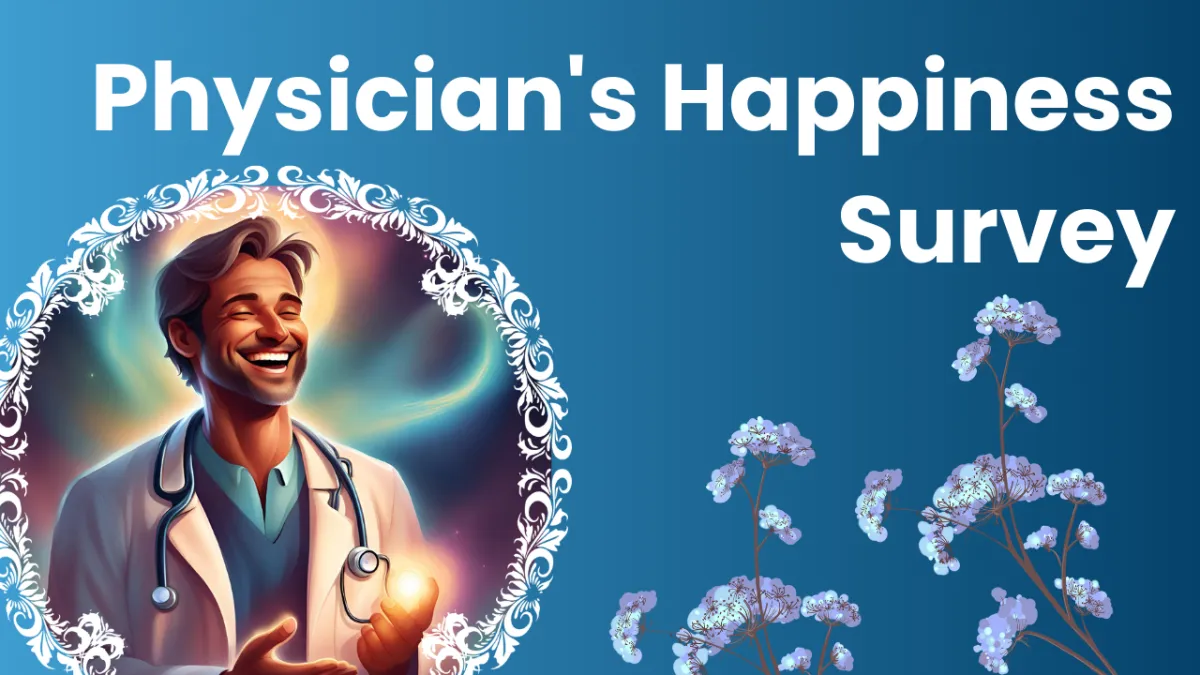
This survey aims to understand the current state of HAPPINESS and WELL-BEING among physicians and to gather INSIGHTS on effective strategies for fostering JOY in the medical profession.
Unlock Your Full Potential with Our Transformative Programs!
Join the Movement: Subscribe for Healthcare Innovation & Career Tips!
Physician Well-being & Resilience: Strategies for managing stress and burnout. Building emotional intelligence and mental fitness.
Positive Leadership for Physicians: Developing positive communication and conflict resolution skills. Leading with empathy and emotional intelligence.
Physician Career Transition or Pivot: Setting meaningful goals and achieving work-life integration. Navigating career challenges and transitions.
CLICK TO WATCH THE VIDEO...
Join the Movement: Subscribe for Healthcare Innovation & Career Tips!
Physician Well-being & Resilience: Strategies for managing stress and burnout. Building emotional intelligence and mental fitness.
Positive Leadership for Physicians: Developing positive communication and conflict resolution skills. Leading with empathy and emotional intelligence.
Physician Career Transition or Pivot: Setting meaningful goals and achieving work-life integration. Navigating career challenges and transitions.
CLICK TO WATCH THE VIDEO...
355 E Plumb Lane #1098, Reno, NV, 89502, USA
915-800-0690
Elevate Your Leadership and Career
Gain the tools and strategies needed to become a more effective and inspiring to our fellow physicians, entrepreneurs and other sectors. Follow us on social media, sign up for our newsletter and engage with our community to stay inspired, informed, and connected on your journey of transformation.
SUBSCRIBE TO OUR NEWSLETTER
Elevate Your
Leadership and
Gain the tools and strategies needed to become a more effective and inspiring to our fellow physicians, entrepreneurs and other sectors. Follow us on social media, sign up for our newsletter and engage with our community to stay inspired, informed, and connected on your journey of transformation.
SUBSCRIBE TO OUR NEWSLETTER
Copyright @ 2024 Adoctorsjourney, LLC
All Right Reserved.

